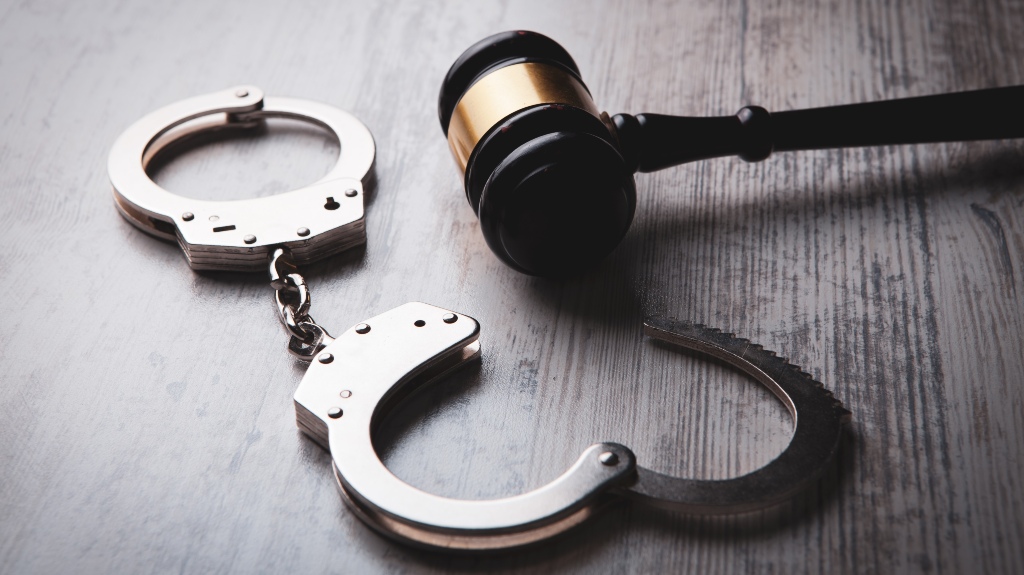
In Texas, misdemeanors are categorized into three main classes: Class A, Class B, and Class C, with Class A being the most serious and Class C the least. It can be confusing to understand the differences between each class, such as Class B and Class C. The circumstances and penalties differ for each class of misdemeanor, which is important to be familiar with if you or someone you know is facing misdemeanor charges. In this blog, we will be going over the differences between Class B and Class C misdemeanors in Texas, including examples of what crimes for each class, penalties, and criminal record impact.
What is a Class B Misdemeanor?
A Class B misdemeanor in Texas is a mid-level severity offense. It is more severe than Class A but less severe than Class C misdemeanors. They are typically associated with non-violent crimes.
Here are some examples of crimes that would be classified as a Class B misdemeanor:
- First-offense DWI (Driving While Intoxicated): Driving with a blood alcohol content (BAC) of 0.08% or higher
- Possession of Small Amounts of Marijuana: Typically less than two ounces
- Theft of Property Valued Between $100 and $750: Stealing items or services within this value range
- Criminal Trespass: Entering or remaining on someone’s property without permission
Some of the penalties for Class B misdemeanors are:
- Fines: Up to $2,000
- Jail Time: Up to 180 days in a county jail
- Probation: Probation may be allowed in place of jail time in some situations. This allows the defendant to serve their sentence under supervision while following certain rules.
What is a Class C Misdemeanor?
A Class C misdemeanor is the most serious type of misdemeanor in Texas. These are typically minor offenses and usually don’t come with any jail time. Although they are less serious offenses, they do still come with consequences that can affect your criminal record.
Here are some examples of crimes that would be classified as a Class C misdemeanor:
- Traffic Violations: Speeding, running a red light, or failing to stop at a stop sign
- Disorderly Conduct: Engaging in public fights, using explicit language in public, or causing an unnecessary scene
- Public Intoxication: Being visibly intoxicated in public in a way that could be a danger to yourself or others
Some of the penalties for Class C misdemeanors are:
- Fines: Up to $500
- No Jail Time: Unlike Class B misdemeanors, Class C offenses do not result in jail time.
- Probation: In some cases, offenders may be placed on probation
Key Differences Between Class B and Class C Misdemeanors
Both Class B and Class C misdemeanors are unique and have their own set of consequences.
Here are some of the key differences between the two:
- Severity: Class C misdemeanors are much less serious offenses than Class B. Class C is typically for minor traffic violations while Class B can be a first-time DWI offense.
- Penalties: There is no jail time associated with Class C misdemeanors, unlike Class B which can include up to 180 days jail time.
- Court Process: Class C misdemeanors are typically handled through municipal or justice courts are often simple procedures. In Class B misdemeanor situations, the defendant must appear in court and could face multiple hearings, especially if jail time is a possibility.
Protect Your Future: Get Legal Help for Misdemeanor Charges
While Class C misdemeanor charges are less severe than Class B misdemeanors, both can have an impact on your criminal record. It is important to take both of these types of misdemeanor charges seriously as a criminal record can potentially affect opportunities like employment and housing applications.
If you are facing misdemeanor charges in Texas, it is important to seek legal help to make sure your rights are protected. Contact C.L. Swisher, a Texas criminal defense attorney, for advice and representation to protect your rights and work toward the best possible outcome for your case.

